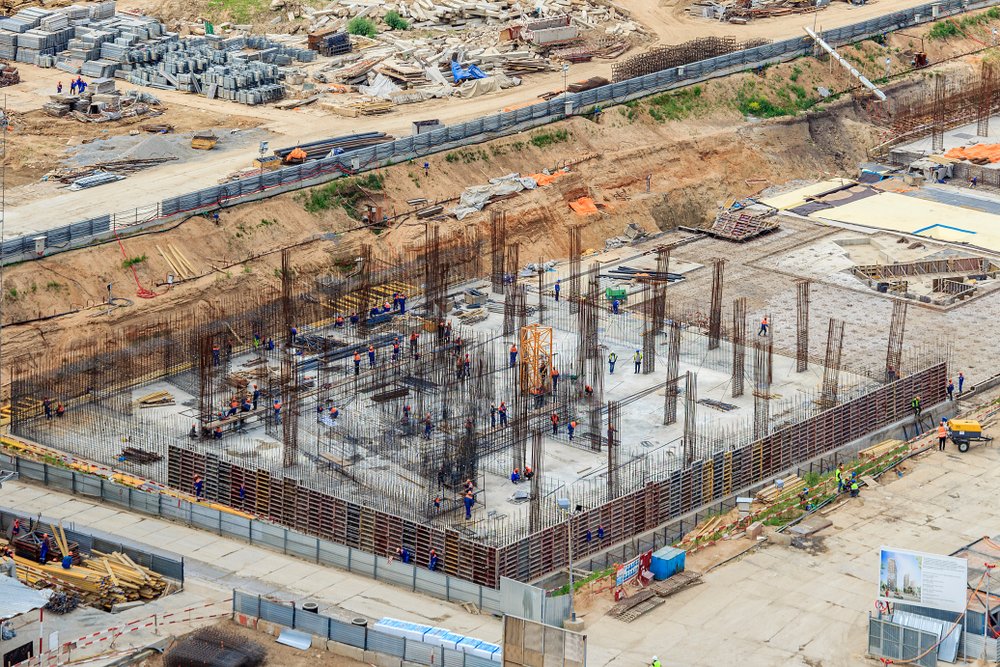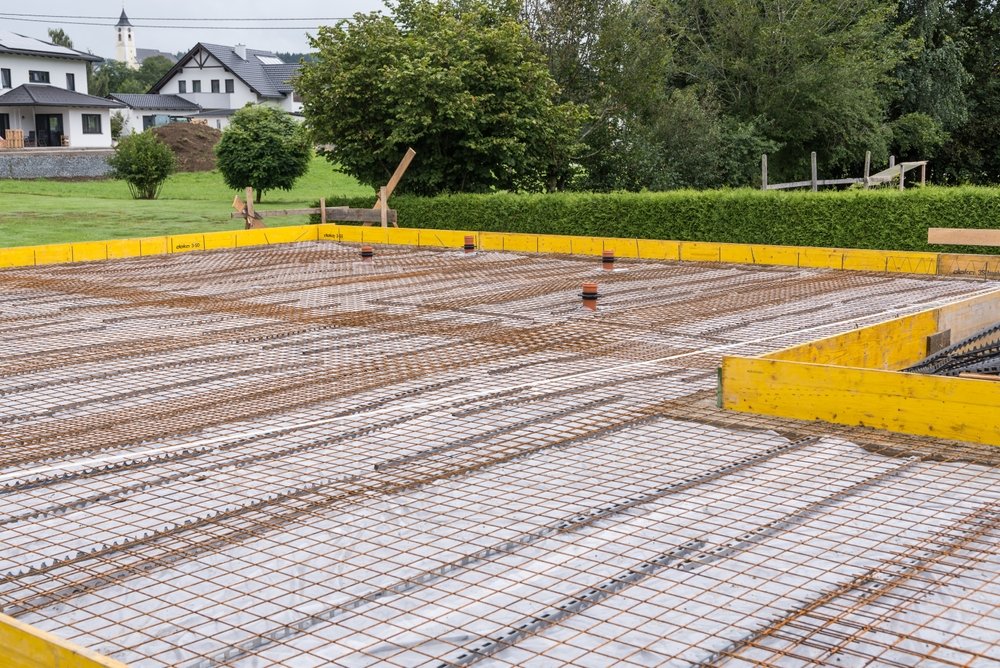When it comes to the construction of a building, one of the most crucial aspects is the foundation. Just as a tree needs strong roots to support its trunk and branches, a building needs a strong foundation to support its structure. One such foundation type that has gained popularity in the construction industry is the Concrete Raft Slab. But what exactly is a Concrete Raft Slab? How does it contribute to the structural integrity of a building? These are some of the questions this article will address as we delve into the world of Concrete Raft Slabs, a bedrock in modern construction.
Understanding Concrete Raft Slabs
Concrete Raft Slabs, often referred to as raft foundations, are a large slab of concrete that serves as the base for a building. These slabs are typically reinforced with steel bars and are laid across the entire area of the structure, hence the term ‘raft’. They distribute the weight of the structure evenly across the ground, making them an effective solution for sites with poor soil quality or high water tables.
The Importance of Concrete Raft Slabs in Construction
In construction, the foundation is the key to a building’s longevity and safety. In this context, Concrete Raft Slabs play a vital role. They provide a solid and stable base for the structure, ensuring its stability and preventing any potential movement or subsidence. Moreover, their broad coverage area allows them to distribute the building’s load evenly, reducing the risk of localized pressure points that could lead to structural failure.
The Construction Process of Concrete Raft Slabs
The construction of Concrete Raft Slabs involves a series of steps. Firstly, the site is excavated and leveled. Then, a layer of gravel is laid down for drainage, followed by a layer of concrete. Steel bars are then placed in a grid pattern within the slab for reinforcement. Once the slab is poured, it is allowed to cure before the construction of the building can proceed.
Advantages and Disadvantages of Concrete Raft Slabs
Just like any other construction materials, Concrete Raft Slabs come with their own set of pros and cons that architects and builders need to consider before selecting them for a construction project.
On the positive side, Concrete Raft Slabs are known for providing a robust, stable base that can withstand challenging site conditions. This stability comes from the nature of their design, which distributes the weight of the building evenly across the entire footprint, reducing the risk of structural damage due to uneven settlement.
In addition to their structural advantages, Concrete Raft Slabs are also a cost-effective option for many building projects. They can save you a substantial amount of time and money, particularly when compared to other types of foundation systems. This is because they require less excavation work, reducing labour costs, and they use less concrete, resulting in significant savings on material costs.
However, it’s not all rosy with Concrete Raft Slabs. They do come with their own set of challenges. One of the key disadvantages is that they may not be suitable for all soil types. Certain soils have properties that can make it difficult for the concrete slab to bond correctly, potentially leading to structural issues down the line.
Furthermore, while they can save on material and labour costs, the actual construction process can be more time-consuming than other types of foundations. This is due to the precision required in laying the slab and ensuring it is perfectly level and aligned.
So, while Concrete Raft Slabs can be a great choice for many projects, it’s crucial to carefully evaluate the specific needs and conditions of your construction site before making a decision.
Concrete Raft Slabs vs Other Foundation Types
When compared to other foundation types, Concrete Raft Slabs hold their own. While pile and strip foundations may be suitable for certain situations, raft slabs offer a wider coverage area and are often more cost-effective. However, the choice of foundation ultimately depends on the specific requirements of the building and the site conditions.

Conclusion
In conclusion, Concrete Raft Slabs are a critical component in the world of construction. They provide a stable, cost-effective foundation solution, particularly for sites with challenging soil conditions. While they may not be suitable for every situation, their benefits often outweigh their drawbacks, making them a preferred choice for many construction projects. As we continue to build and develop, the importance of understanding and utilizing such foundational elements as Concrete Raft Slabs cannot be overstated.




